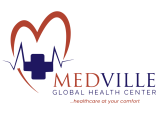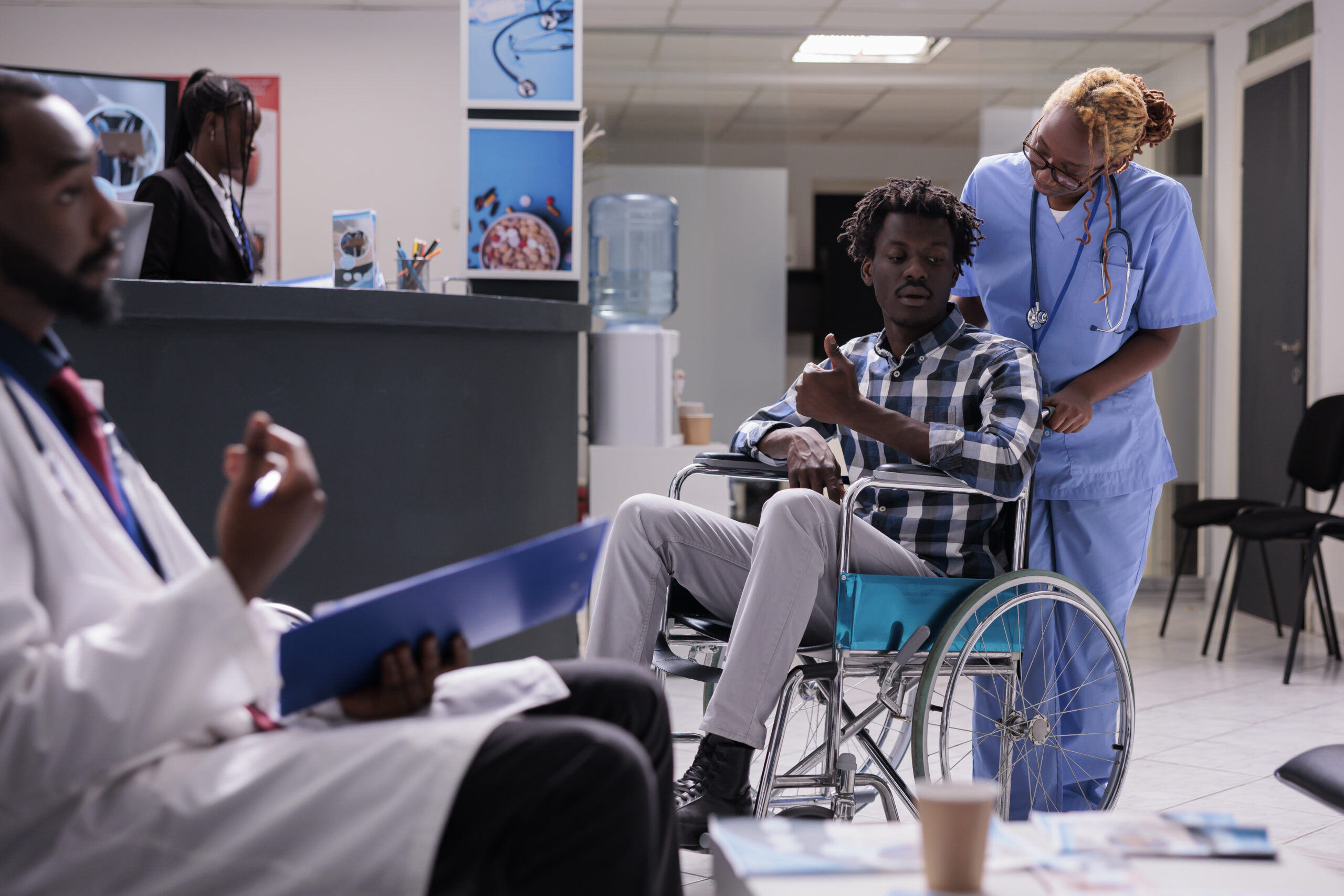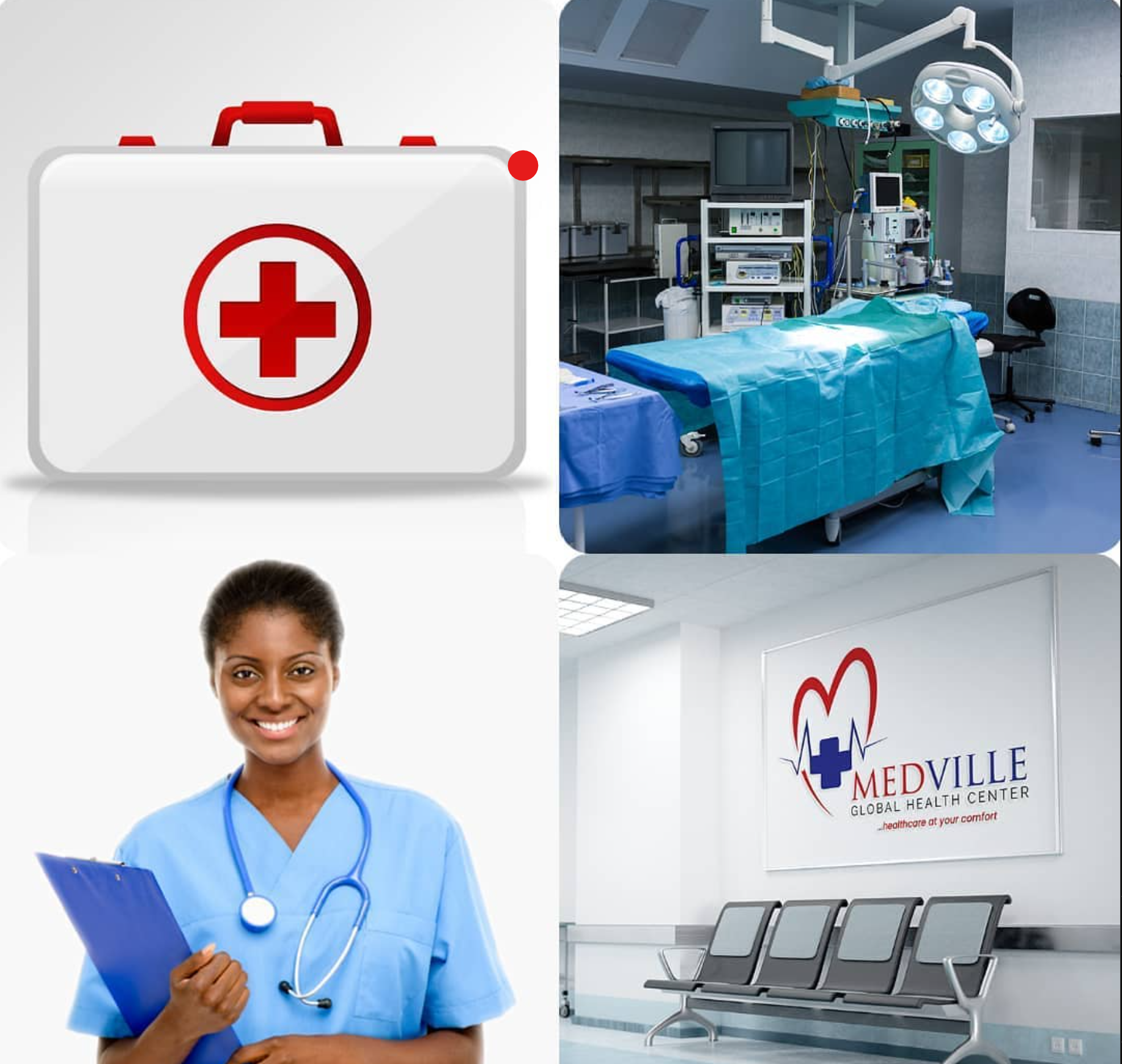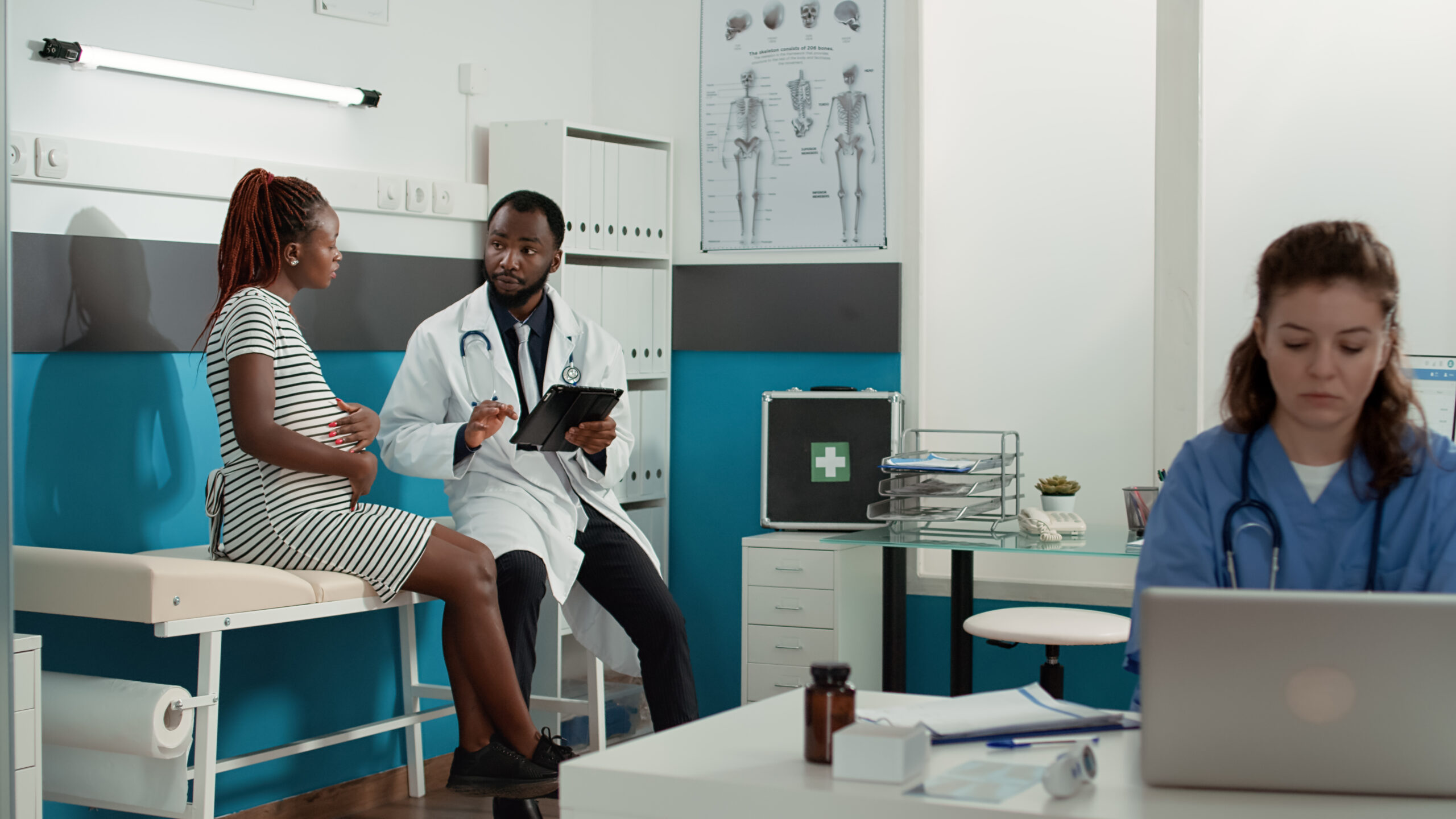Stroke Awareness: Signs, Prevention, and Recovery Options
Introduction
A stroke occurs when blood flow to the brain is interrupted, depriving brain cells of oxygen. It is a leading cause of death and disability worldwide, but early detection and proper care can significantly improve outcomes.
At MedVille Global Health Center, we believe that awareness, prevention, and recovery options can help save lives. This article will guide you through the warning signs of a stroke, risk factors, prevention tips, and rehabilitation options for those who have experienced a stroke.
1. Recognizing the Warning Signs of a Stroke
A stroke is a medical emergency. Immediate treatment can reduce brain damage and increase the chances of survival.
The FAST method is the easiest way to recognize stroke symptoms:
✅ F – Face Drooping: Is one side of the face drooping or numb? Ask the person to smile.
✅ A – Arm Weakness: Is one arm weak or numb? Ask them to raise both arms. Does one drift downward?
✅ S – Speech Difficulty: Is speech slurred or strange? Can they repeat a simple sentence correctly?
✅ T – Time to Call Emergency Services: If you notice any of these signs, seek immediate medical attention.
Other symptoms may include:
🔹 Sudden confusion or trouble understanding speech
🔹 Loss of vision in one or both eyes
🔹 Dizziness, loss of balance, or coordination issues
🔹 Sudden, severe headache with no known cause
💡 Acting quickly can save lives and reduce long-term damage.
2. Stroke Risk Factors: Who is at Risk?
Several factors can increase the risk of stroke. Some are uncontrollable, while others can be managed with lifestyle changes.
Uncontrollable Risk Factors:
🔹 Age – The risk increases with age, especially after 55 years.
🔹 Family History – If a close relative has had a stroke, the risk is higher.
🔹 Gender – Men have a higher risk of stroke, but women are more likely to die from a stroke.
🔹 Previous Stroke – If you’ve had a stroke or mini-stroke (TIA), the chances of another are higher.
Controllable Risk Factors:
💔 High Blood Pressure (Hypertension): The leading cause of stroke. Maintain a BP below 120/80 mmHg.
🫀 Heart Disease & High Cholesterol: Can lead to blood clots, increasing stroke risk.
🚬 Smoking & Alcohol Consumption: Increases the risk of blood vessel damage.
⚖ Obesity & Diabetes: Can lead to high blood sugar and pressure, increasing stroke risk.
🏃 Physical Inactivity & Poor Diet: A sedentary lifestyle and high-fat diet contribute to stroke risk.
💡 Regular health checkups and lifestyle changes can help lower your risk.
3. Stroke Prevention: Steps to Stay Safe
You can significantly reduce your risk of stroke by making healthy lifestyle choices.
✔ Monitor Blood Pressure: Keep it under control with a healthy diet, exercise, and medication if needed.
✔ Eat a Balanced Diet: Choose fruits, vegetables, whole grains, and lean proteins over processed foods.
✔ Exercise Regularly: Aim for at least 30 minutes of moderate exercise most days.
✔ Quit Smoking & Reduce Alcohol Intake: Smoking damages blood vessels, while excessive alcohol increases blood pressure.
✔ Manage Stress: High stress levels can raise blood pressure. Try meditation, deep breathing, or yoga.
✔ Control Diabetes: Keep blood sugar levels stable with diet, exercise, and medication.
💡 Prevention is key—small lifestyle changes can have a huge impact!
4. Recovery After a Stroke: What to Expect
Stroke recovery varies depending on the severity of the stroke and how quickly treatment was given. However, rehabilitation plays a critical role in regaining function.
Stroke Rehabilitation Options:
🧠 Physical Therapy: Helps improve strength, balance, and mobility.
🗣 Speech Therapy: Assists with communication and swallowing difficulties.
🖐 Occupational Therapy: Focuses on regaining daily skills like dressing and cooking.
💊 Medication & Follow-up Care: Prevents further strokes and manages existing conditions.
👨👩👦 Emotional & Psychological Support: Many stroke survivors experience depression or anxiety—support groups and counseling can help.
💡 With proper rehabilitation and care, many stroke survivors regain independence and improve their quality of life.
Conclusion: Knowledge Saves Lives
A stroke can change a life in an instant, but with awareness, prevention, and rehabilitation, recovery is possible. Recognizing the warning signs, reducing risk factors, and seeking immediate medical care can prevent disability and save lives.
At MedVille Global Health Center, we provide comprehensive stroke care, rehabilitation programs, and preventive screenings to help you stay healthy.
📌 If you or a loved one is at risk of stroke, book a consultation today!
📖 Read the full blog post here: https://medvilleglobal.com/



